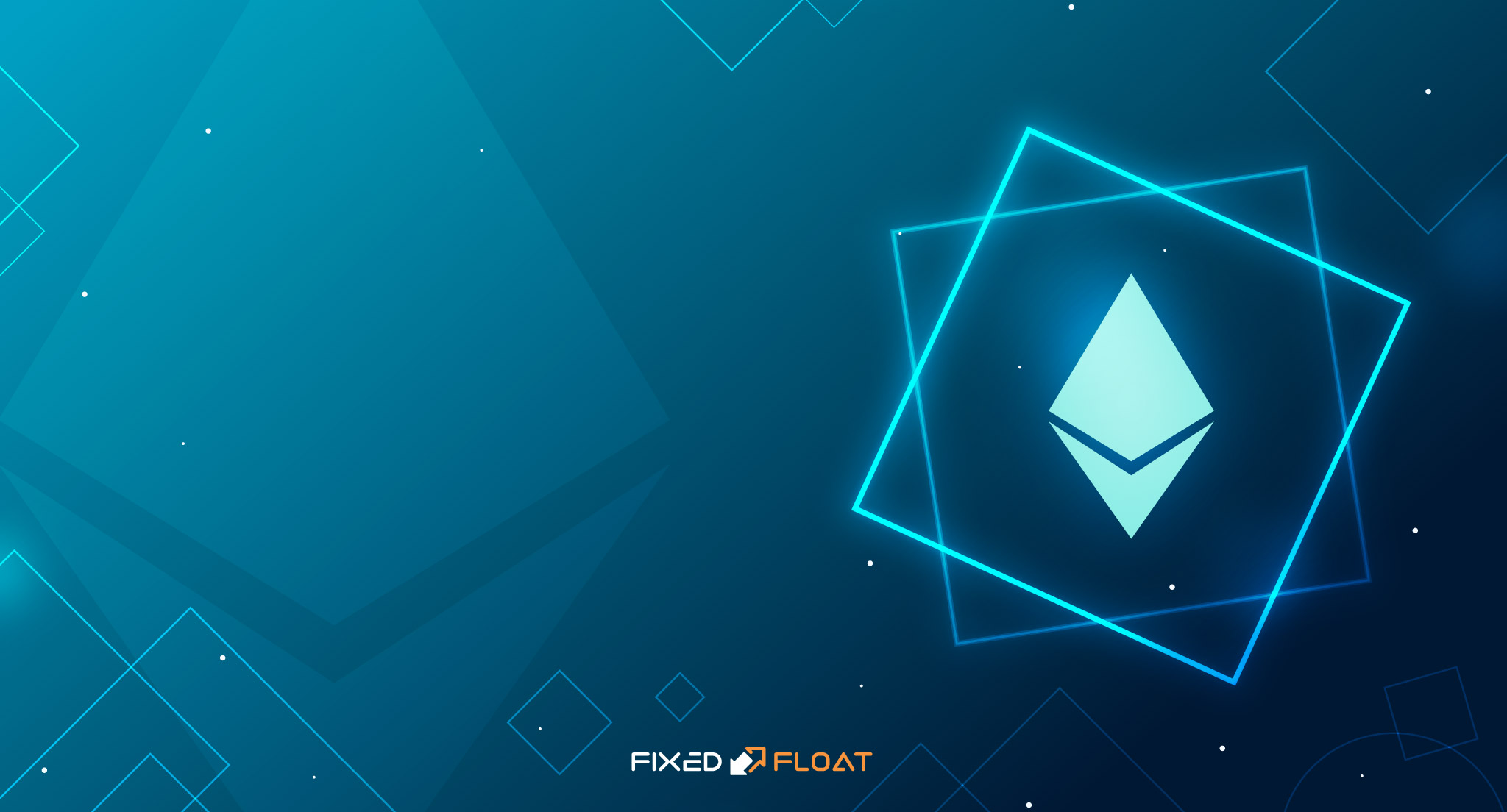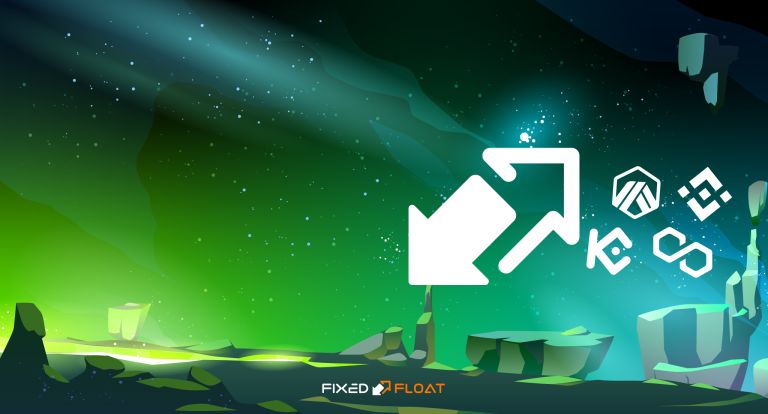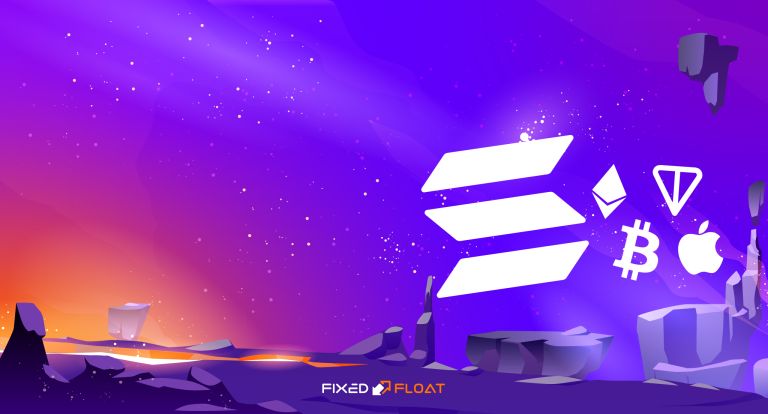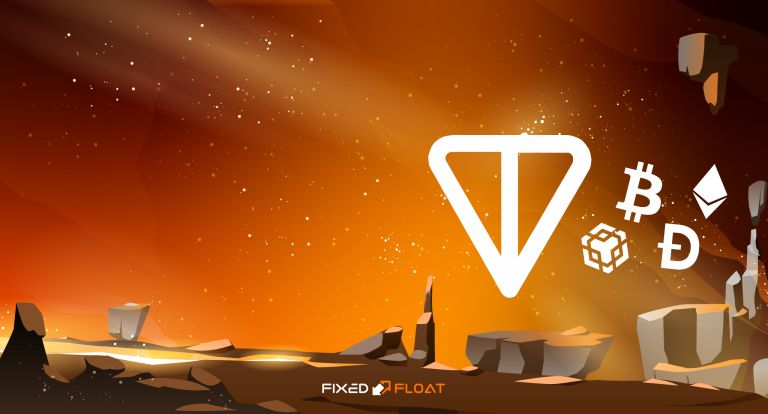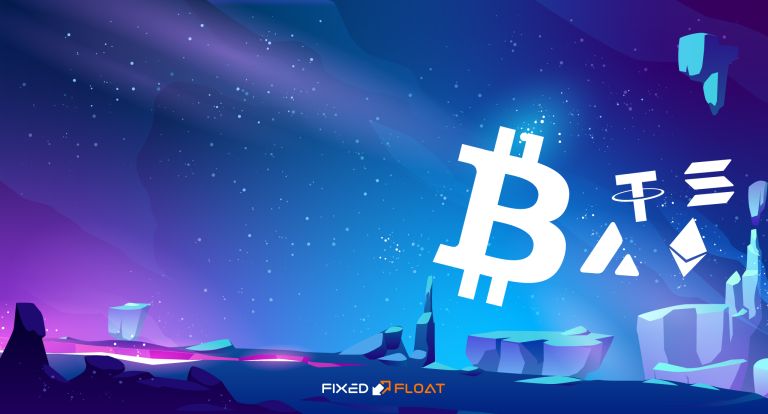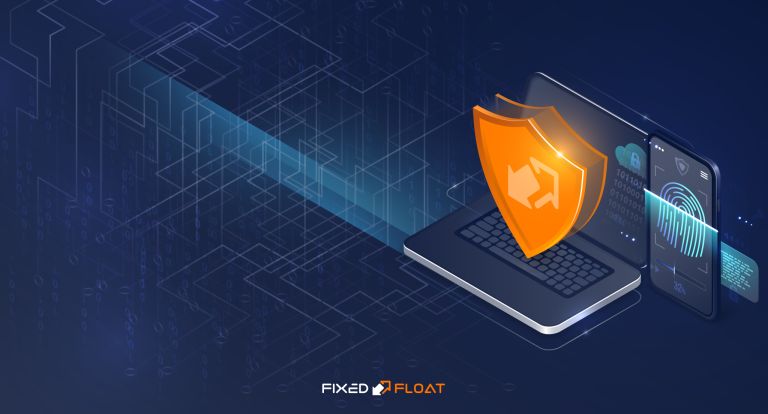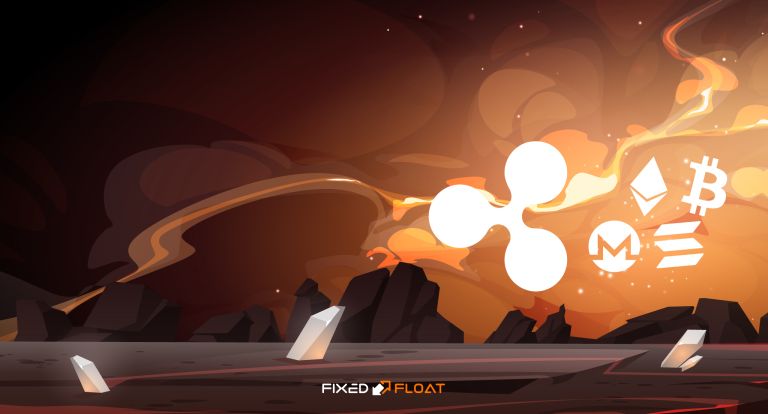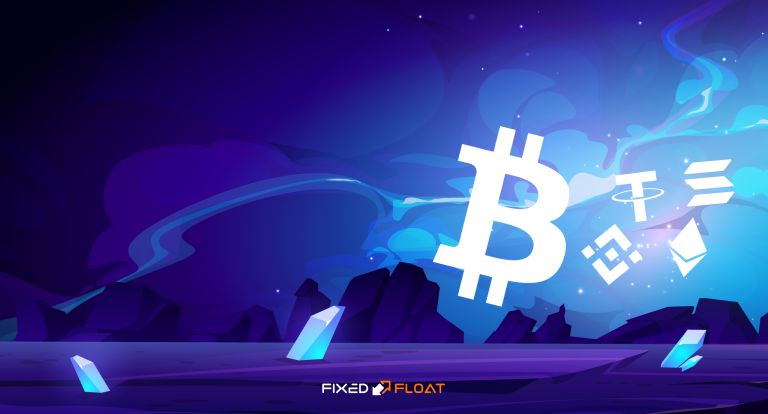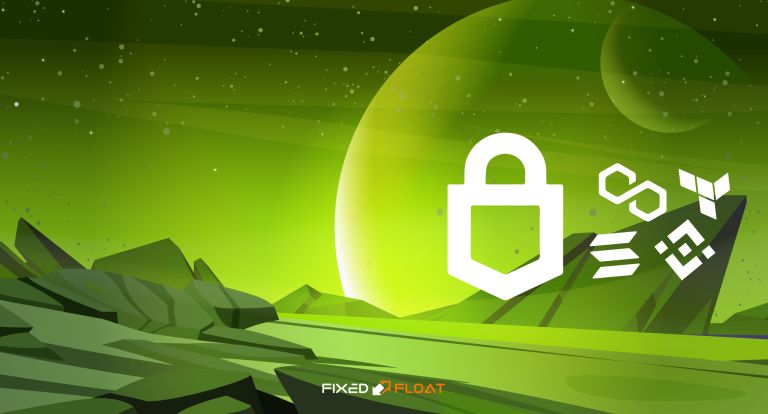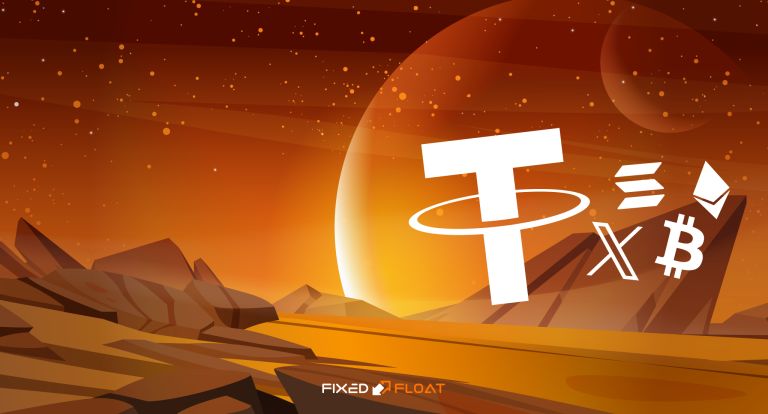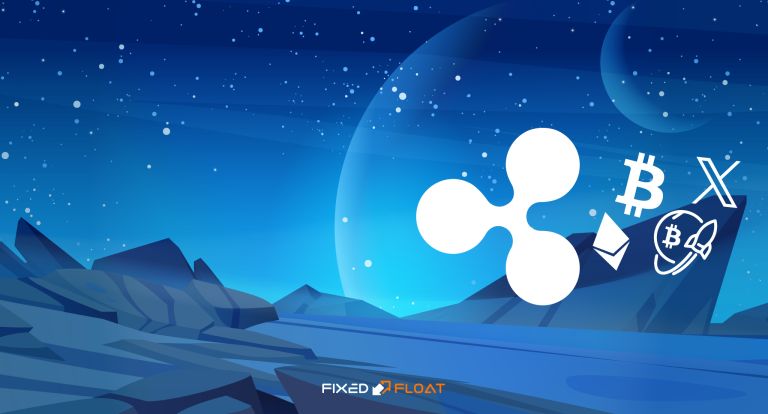A Brief History of Ethereum
In 2011, a young developer Vitaly Buterin became seriously interested in blockchain technology, and after a couple of years decided to launch his "improved version of Bitcoin", which today is known to us as Ethereum. After receiving an investment of $18 million for his project from world famous investors (including PayPal founder Peter Thiel), in March 2016, the platform worked well in a stable mode.
Ethereum was originally conceived as a platform for cryptocurrency crowdfunding and the creation of blockchain applications. In June 2016, an Ethereum-based ICO DAO was held where $100 million was raised. However, in June 2016, about a third of the funds existing at that time were stolen due to the vulnerability of the system. On July 20, it was decided to conduct a hard fork to cancel the hack and return the funds to investors, as a result of which there was a disagreement between the network participants and the network split into Ethereum Classic (the old version, in which the hack occurred) and Ethereum (the current one, in which the hack did not occur).
Ethereum — the blockchain of the future
Ethereum is an open software platform (or a kind of adapted framework) for application development, built on decentralized blockchain technology and based on smart contracts. The internal cryptocurrency network is ETH.
At one time, Ethereum was informally described as the "next-generation Bitcoin" platform. But in fact, Ethereum and Bitcoin are very different. The main goal of Ethereum is to provide a decentralized platform for application developers, in which information about program codes is written, and the ETH cryptocurrency is an asset in the execution of the action enshrined in the "Smart Contract". A "smart contract" is a kind of "program" or algorithm in which certain conditions are laid down in advance by the developer, upon which an asset in the form of ether is paid. The system can be considered ideal in terms of contractual relations, since after starting the intervention and making changes to the contract are excluded.
Ethereum cryptocurrency features
- The main feature of Ethereum is represented by the versatility of this payment system and the ability to create your own cryptocurrency with fundraising using crowdfunding
Ethereum is the second cryptocurrency after Bitcoin - Fractional parts have their own names:
- wei — 1/1018 (0.000000000000000001), the smallest particle of ETH, named after Wei Dai, who formulated the concepts of all modern cryptocurrencies
- gwei — 1/109 (0.000000001), unit of measurement of the cost of the commission (gas) for transactions in the blockchain
- In addition to the function of negotiable payment means, ETH can be used to pay for transactions of smart contracts and tokens
- When creating a new wallet, only one Ethereum address is created, unlike the Bitcoin network, where many addresses belong to one wallet. This solution simplifies the tracking of funds
- The average transaction processing speed for Ethereum is about 3 minutes. Ethereum is one of the fastest cryptocurrencies in the block generation process.
- The fees on the Ethereum network are small and average around 0.0009 ETH
ETH cryptocurrency popularity
In the second half of 2014, 31 591 BTC were raised by crowdfunding (equivalent to $ 18,439,086 at that time), which were exchanged for 60102216 ETH.
Since the creation of Ethereum in 2015, cryptocurrency has shown slow growth in the first year. The platform began to gradually attract the attention of many banks as a testing platform for the study of smart contracts and bonds.
The main peak of growth occurred in 2017, when the currency reached a level of $407, which amounted to 5000%.
By January 2018, total capitalization exceeded $100 billion, but by August 2018 it dropped to $30 billion.
Today, ETH remains the second cryptocurrency by capitalization. Stablecoin tokens (USDT, TUSD, USDC, PAX), which mainly work on the Ethereum blockchain, are also in high demand.
Ethereum Storage Wallet
In order to start working with ETH, you need to have your own wallet. The choice of a particular wallet option completely depends on your personal preferences regarding security and convenience:
- Install the desktop program on your computer. In this case, for correct operation, you need to download and constantly synchronize the entire Ethereum blockchain network to the current state. It is recommended to use MIST or Ethereum Wallet wallets, which can be downloaded from the Ethereum.org official website.
- MyEtherWallet Web Wallet. This is the most popular Ethereum web wallet, it allows you to log into the system on any device with a username and password. MyEtherWallet stores Ethereum private keys on a personal computer, which provides more security than other wallets of this type.
- Using multi-currency wallets: Coinomi, Exodus, Jaxx or Metamask. The main advantage of these wallets is that they are convenient to use for other cryptocurrencies.
- Using hardware cryptocurrency wallets like Ledger or Trezor. The main advantage of such wallets is security, because cryptocurrencies are stored on a device that works offline.
The speed of the blockchain the Ethereum
Blocks in the Ethereum blockchain are created approximately every 13 seconds. Only 4 confirmations of the Ethereum blockchain are needed to complete the exchange.
- With a high сommission, the transaction will be able to get into the next block.
- With an average сommission-the approximate processing time of the transaction is 3 minutes.
- When paying below the average сommission hit rate will depend only on the load on the network and increase or decrease the load. Some Explorer (e.g. etherscan.io) give information about the expected processing time of a transaction, but you must understand that this value is not accurate and can change depending on the situation.
